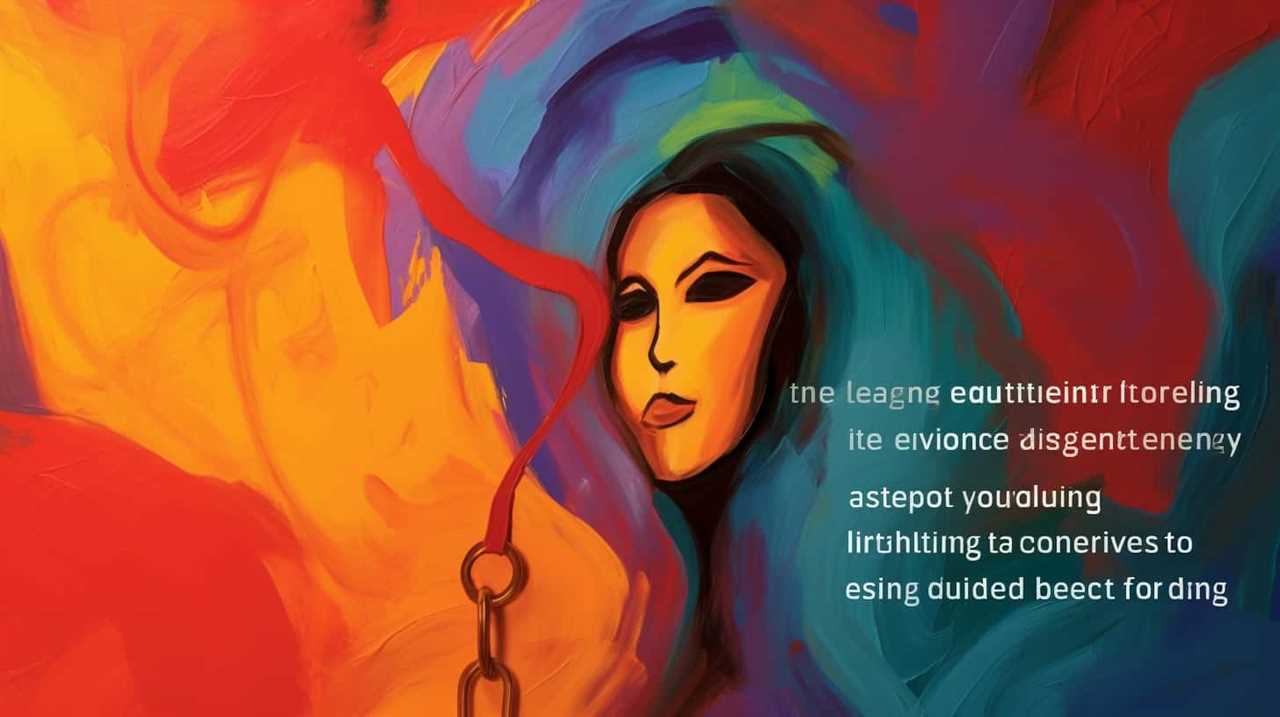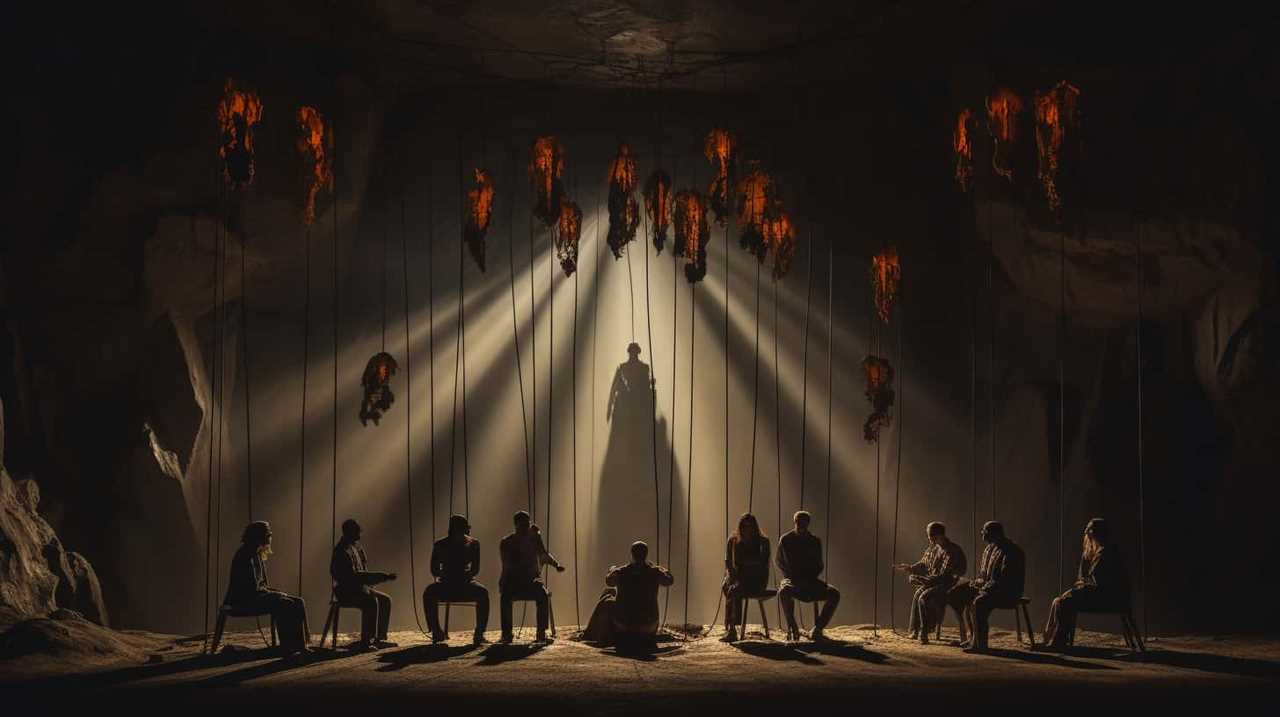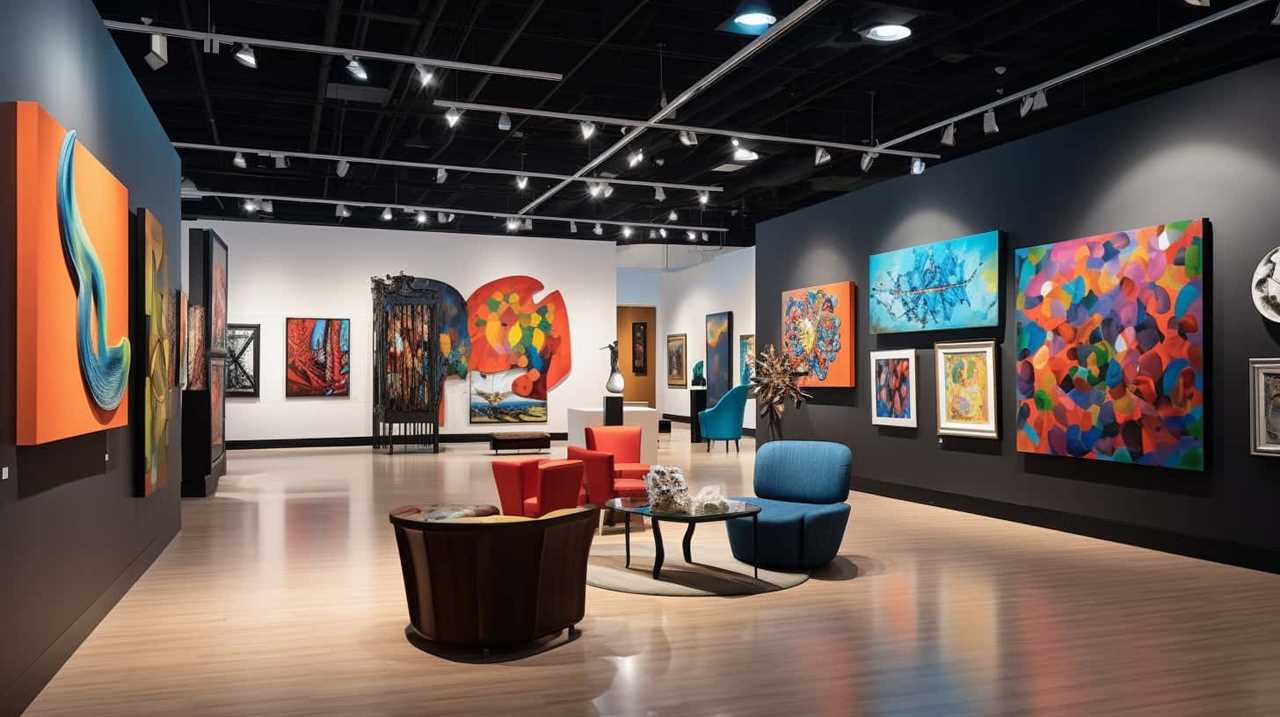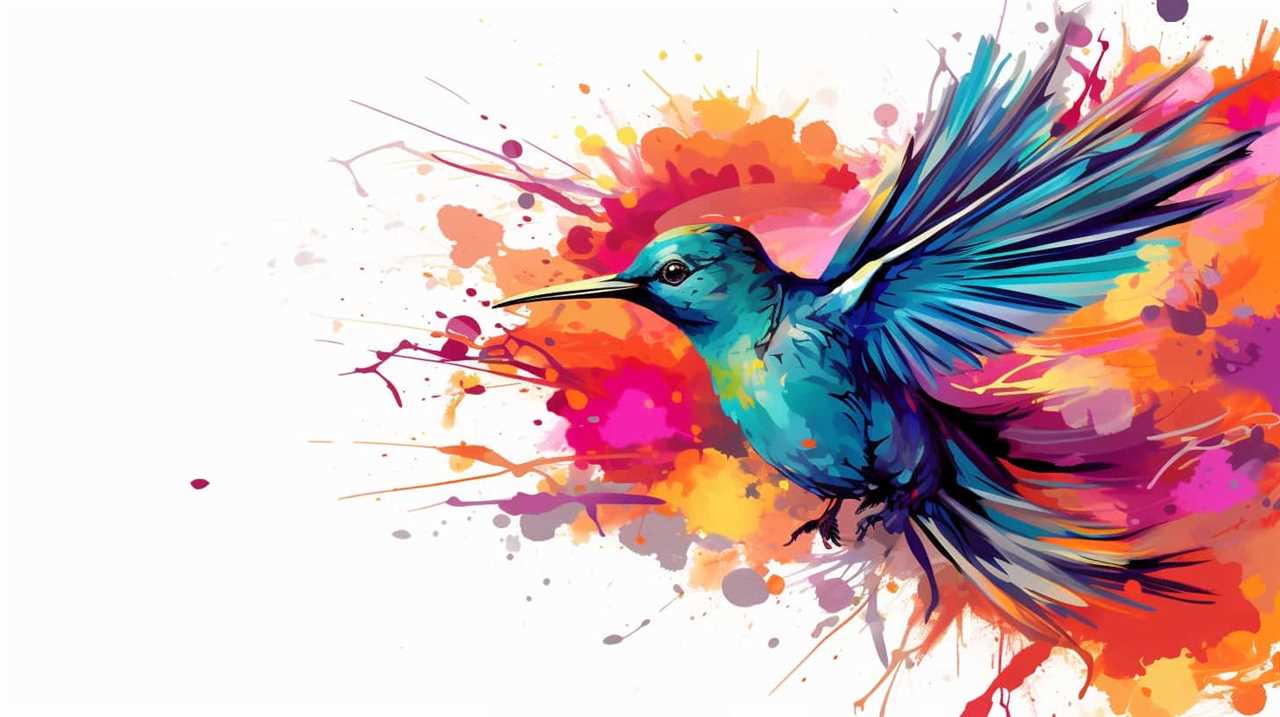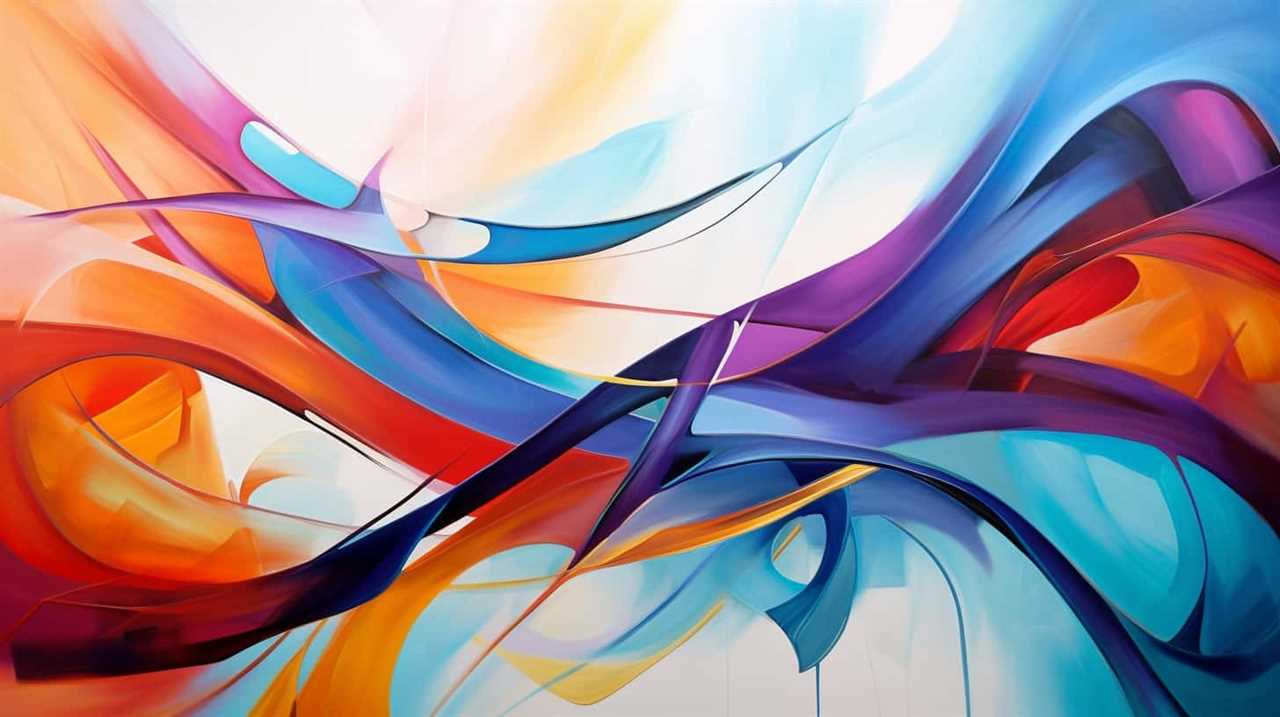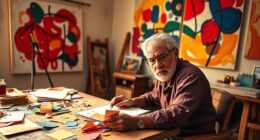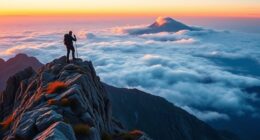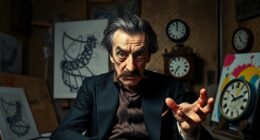Curious about what lies ahead for creativity?
As art educators, we have our fingers on the pulse of the ever-evolving art world. We are excited to share with you the upcoming creative trends that are set to liberate and inspire artists of all kinds.
From embracing technology in art education to exploring intersectionality and social justice themes, the possibilities for artistic expression are limitless.
Traditional crafts and folk art are making a comeback, while eco-art and sustainability are becoming more prominent. We are also revitalizing art history curriculum to include diverse perspectives and influences from around the globe.

Join us as we forecast the exciting future of art and nurture creativity through art therapy. Get ready to embark on a creative journey like never before!
Key Takeaways
- Artists are experimenting with new materials and unconventional techniques, including the fusion of traditional and digital art.
- Incorporating eco-art and sustainability in art education empowers students to become agents of change.
- Intersectionality in art promotes inclusivity and representation, shaping the future of art education.
- Engaging with art in virtual reality offers a liberating experience of exploration, creation, and interaction.
Evolving Techniques in Traditional Art
We are seeing new and innovative techniques emerge in traditional art. As art educators, it’s our duty to stay informed and embrace these evolving techniques to provide our students with a well-rounded education. Traditional art forms such as painting, drawing, and sculpture are no longer confined to their traditional methods. Artists are pushing boundaries, experimenting with new materials, and using unconventional techniques to create captivating works of art.
One such evolving technique is the fusion of traditional and digital art. Artists are combining the tactile nature of traditional mediums with the endless possibilities offered by digital technology. This integration allows for greater experimentation, enabling artists to explore new dimensions and perspectives.
Additionally, traditional art forms are being reimagined through the incorporation of unconventional materials. Artists are utilizing found objects, recycled materials, and even natural elements to create thought-provoking pieces. This not only challenges the boundaries of traditional art but also promotes sustainability and environmental consciousness.
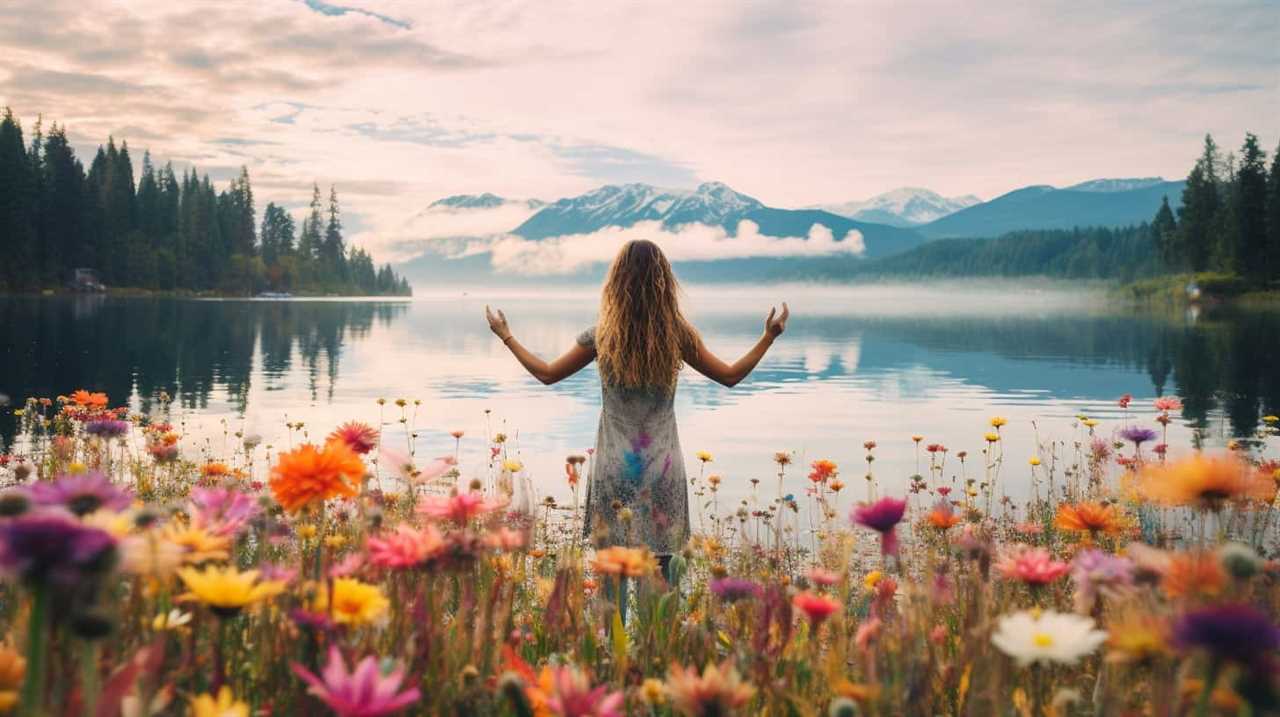
By embracing these evolving techniques in traditional art, we empower our students to think outside the box and push the boundaries of their creativity. It prepares them for a future where innovation and adaptability are key to success in the art world.
In the next section, we’ll explore how technology can be integrated into art education to further enhance our students’ creative journey.
Embracing Technology in Art Education
As art educators, it’s important for us to explore the subtopic of embracing technology in art education. In today’s digital age, technology has become an integral part of our daily lives, and it’s only natural that it finds its place in the art classroom as well.
Digital art, with its endless possibilities and innovative techniques, allows students to explore new mediums and push the boundaries of their creativity.
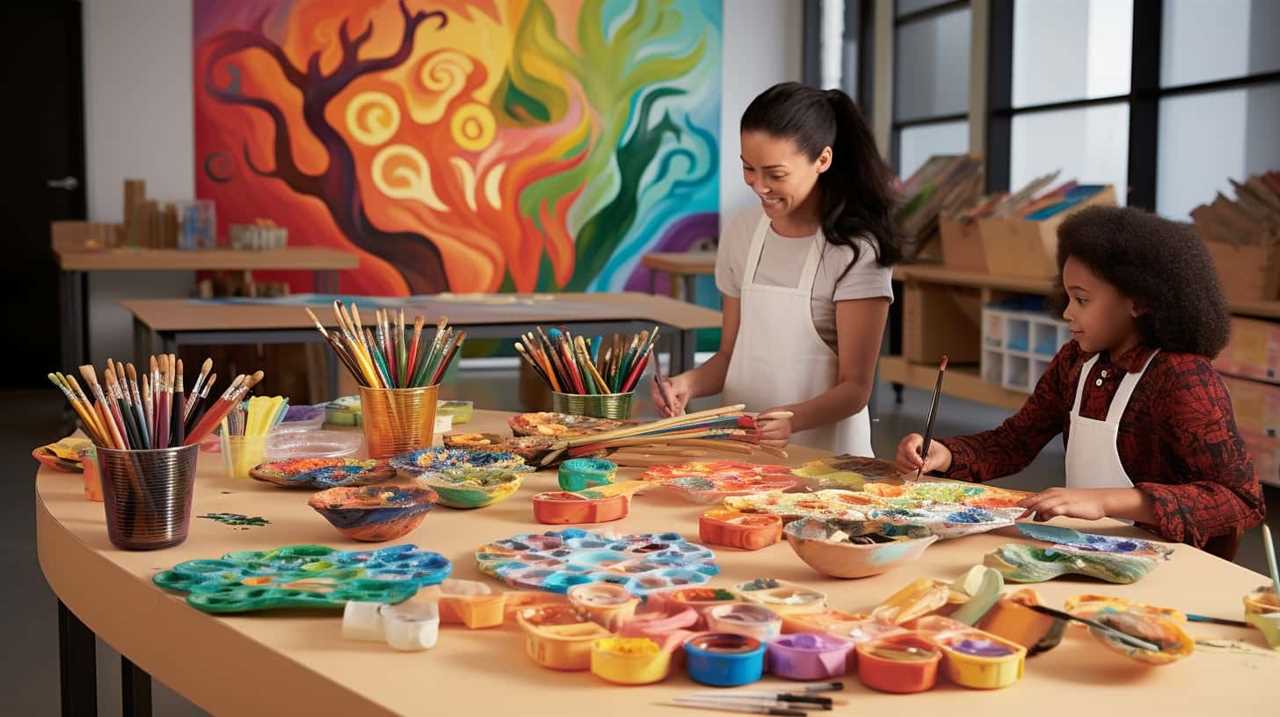
One exciting aspect of embracing technology in art education is the use of interactive installations. These installations combine traditional art forms with technology to create immersive experiences for viewers. By incorporating elements such as motion sensors, virtual reality, and augmented reality, students can create artworks that engage the senses and invite active participation.
Embracing technology in art education not only enhances students’ artistic skills but also equips them with essential 21st-century skills. Working with digital tools and software helps students develop critical thinking, problem-solving, and digital literacy skills. They learn to navigate and manipulate digital platforms, expanding their artistic horizons and preparing them for future careers in the digital realm.
By embracing technology in art education, we open up a whole new world of possibilities for our students. It allows them to explore the intersection of art and technology, creating works that aren’t only visually stunning but also thought-provoking and innovative.
As art educators, it’s our responsibility to provide our students with the tools and knowledge they need to thrive in this digital age.
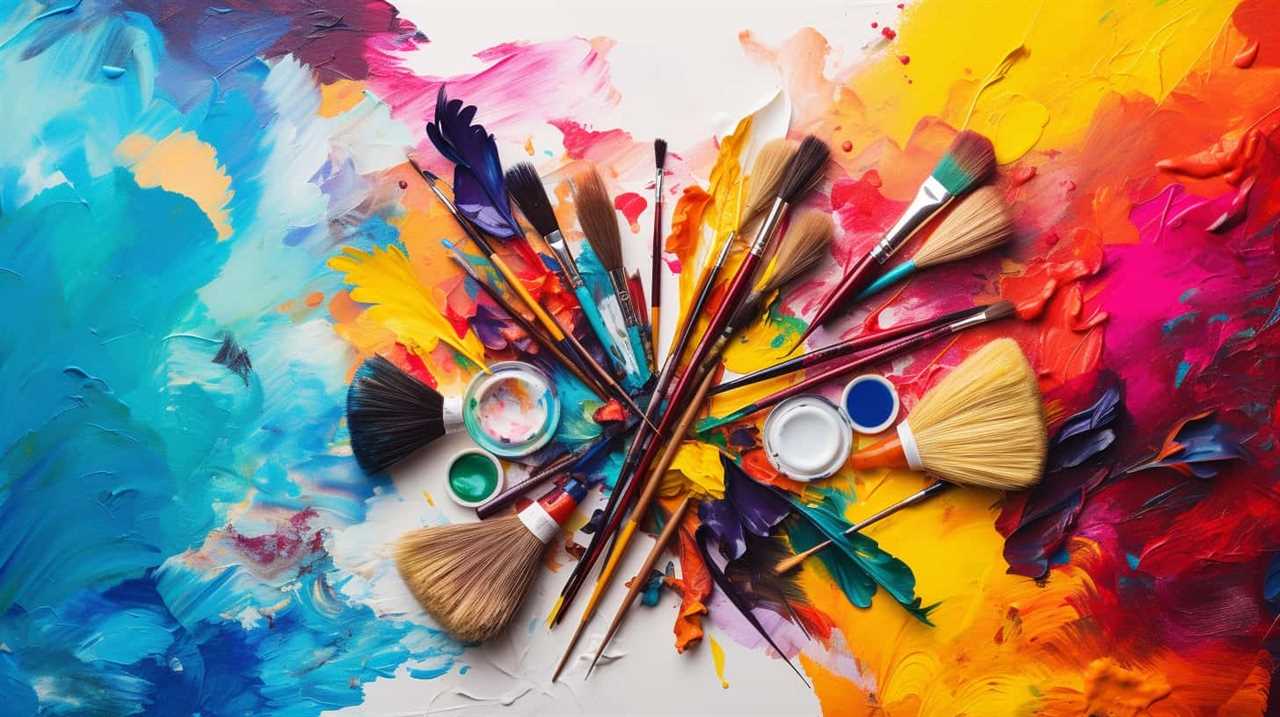
The Rise of Eco-Art and Sustainability
Our art education curriculum will be incorporating the concept of eco-art and sustainability, focusing on the integration of environmental awareness and artistic expression. As we strive to prepare our students for the future, it’s crucial to address the pressing issues of climate change and environmental degradation. Through sustainable fashion and environmental activism, we aim to instill in our students a sense of responsibility and creativity that can contribute to a more sustainable world.
Sustainable fashion, a growing movement within the fashion industry, emphasizes environmentally friendly practices, such as using organic and recycled materials, reducing waste, and promoting fair labor practices. By exploring sustainable fashion, students won’t only learn about the environmental impact of the fashion industry but also discover innovative ways to create beautiful and ethical clothing.
Furthermore, our curriculum will encourage students to engage in environmental activism through their art. By using their artistic skills to raise awareness, they can become powerful advocates for change. Through their artwork, they can depict the beauty of nature, highlight the consequences of environmental destruction, and inspire others to take action.
By incorporating eco-art and sustainability into our curriculum, we hope to empower our students to become agents of change in the world. Through their artistic expression, they’ll have the opportunity to explore and address environmental issues, fostering a sense of responsibility and promoting a sustainable future.

As we delve into the exploration of eco-art and sustainability, we must also recognize the importance of exploring intersectionality in art.
Exploring Intersectionality in Art
Incorporating intersectionality in art education allows for a nuanced exploration of the interconnectedness of social identities and experiences within artistic expression. Intersectional representation in art acknowledges that individuals hold multiple identities that intersect and influence their lived experiences. It recognizes that race, gender, sexuality, class, and other social categories can’t be understood in isolation but rather as interconnected and mutually constitutive.
Through intersectional representation, art activism can be used as a powerful tool to challenge dominant narratives, dismantle oppressive systems, and amplify marginalized voices.
Art educators are increasingly recognizing the importance of incorporating intersectionality in their curriculum to create a more inclusive and empowering learning environment. By exposing students to diverse artists and their works, they can explore the ways in which different social identities intersect and shape artistic expression. This approach not only fosters a deeper understanding of the complexities of identity, but also encourages students to reflect on their own experiences and use art as a means of self-expression and social change.

As we delve into the next section on revitalizing art history curriculum, it’s crucial to acknowledge that intersectionality should be at the forefront of this process. By incorporating diverse narratives and perspectives in art history, we can challenge the traditional Eurocentric canon and create a more inclusive and accurate representation of artistic achievements throughout history.
Revitalizing Art History Curriculum
To revitalize the art history curriculum, we’ll explore emerging creative trends and incorporate a wide range of artistic achievements throughout history. Our goal is to create a curriculum that not only educates, but also inspires and empowers students to critically engage with art in a way that promotes social justice themes.
By incorporating social justice themes in art, we can challenge the traditional narratives and perspectives that have dominated art history for far too long.
We will introduce students to artists who’ve used their work as a platform to address issues of inequality, discrimination, and oppression. From the powerful political statements of Frida Kahlo to the thought-provoking installations of Ai Weiwei, students will gain a deeper understanding of the ways in which art can be a catalyst for change.
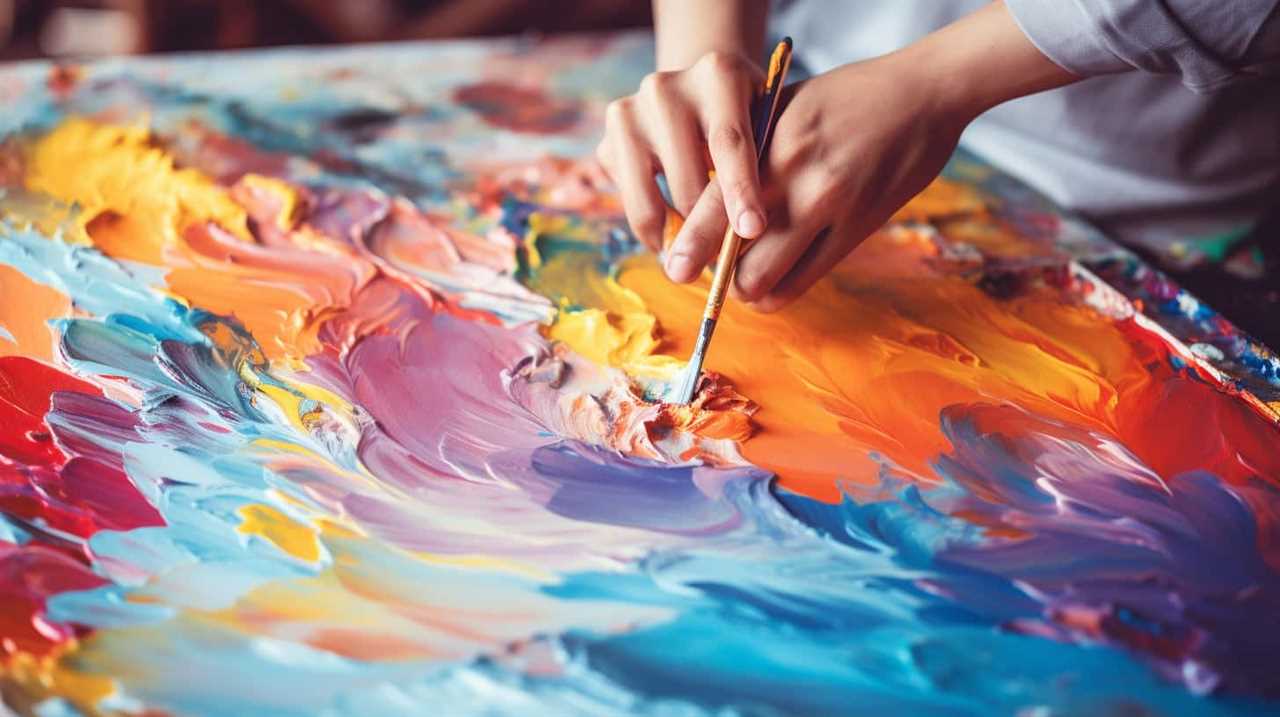
Additionally, we’ll highlight artists from underrepresented communities whose contributions have been overlooked or marginalized in traditional art history. By amplifying their voices and celebrating their achievements, we can create a more inclusive and diverse art history curriculum that reflects the richness and complexity of human experience.
Fostering Cultural Diversity in Art
As art educators, we recognize the importance of fostering cultural diversity in art.
Inclusive representation in art allows for a more comprehensive and accurate reflection of our diverse society.
By promoting multicultural perspectives, we encourage a deeper understanding and appreciation of different cultures.
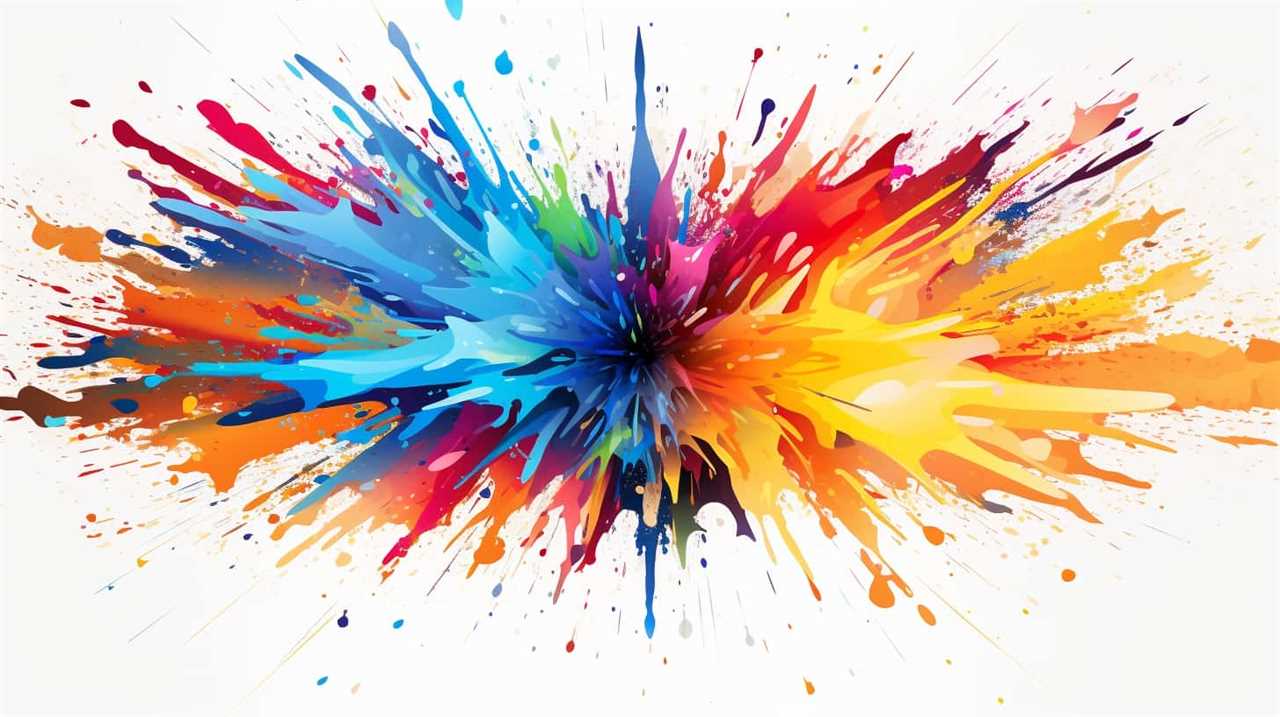
Additionally, celebrating diverse artistic expressions enriches the art world and encourages creativity and innovation.
Inclusive Representation in Art
We believe that fostering cultural diversity in art is crucial for creating an inclusive and representative artistic landscape.
Representation in media plays a significant role in shaping our perceptions of different cultures and identities. However, it’s important to approach representation with sensitivity and respect, avoiding cultural appropriation.
Cultural appropriation occurs when elements of one culture are taken or borrowed without understanding or recognizing their significance. It’s essential for artists to engage in research and collaborate with individuals from the cultures they’re representing, in order to create authentic and respectful artwork.
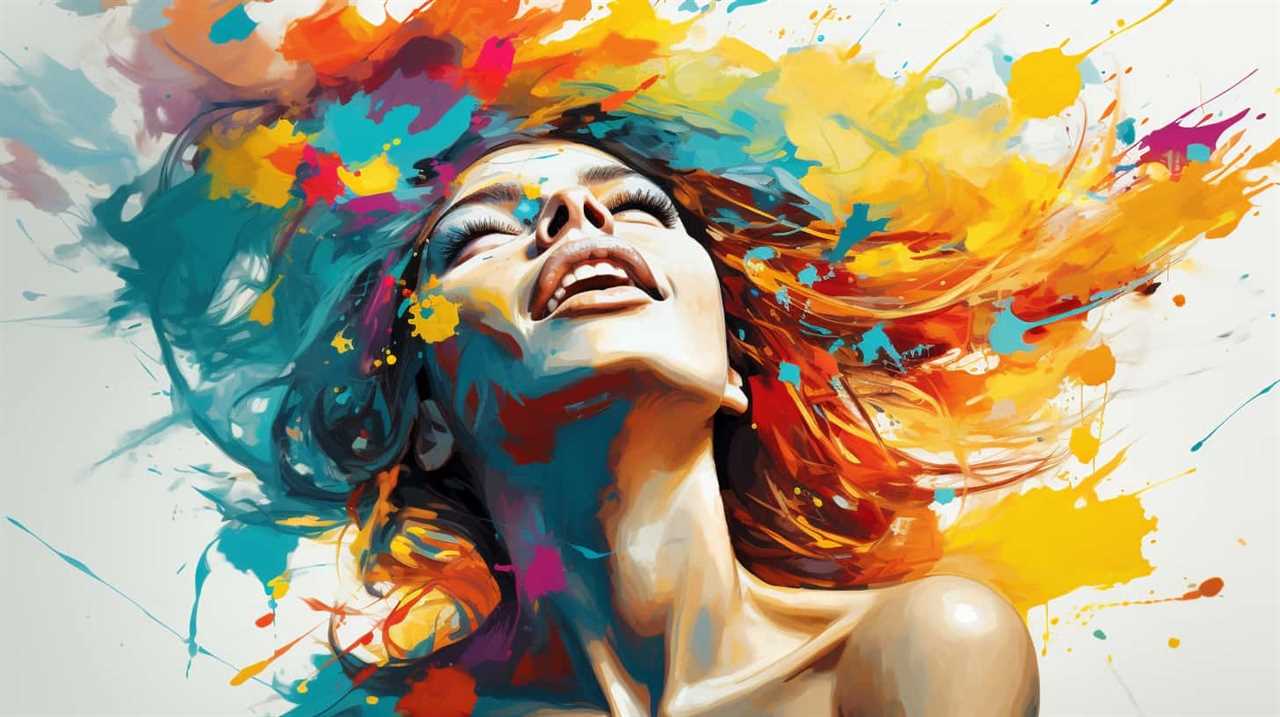
Promoting Multicultural Perspectives
In our commitment to promoting multicultural perspectives and fostering cultural diversity in art, it’s imperative to engage in meaningful dialogue and collaboration with artists from different backgrounds.
One effective way to achieve this is through multicultural art exhibitions, where artists from diverse cultures can showcase their work and share their unique perspectives. These exhibitions not only provide a platform for underrepresented artists to be seen and heard but also allow viewers to gain a deeper understanding and appreciation for different cultures.
Additionally, incorporating a culturally responsive art curriculum in educational settings can further promote multicultural perspectives. By including diverse artists and art forms in the curriculum, students can learn about and connect with different cultural traditions, fostering a sense of empathy and respect for cultural diversity.
Through these efforts, we can create an inclusive and liberated art world that celebrates the richness of all cultures.
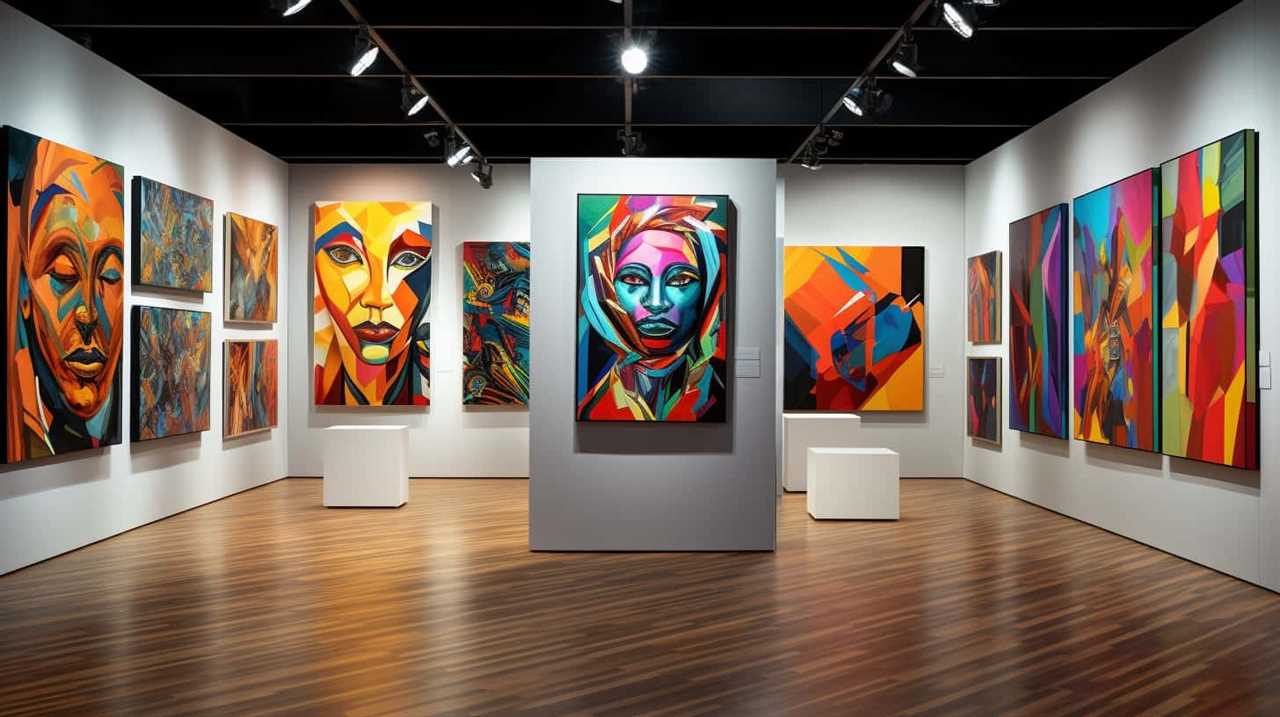
Celebrating Diverse Artistic Expressions
With a focus on fostering cultural diversity in art, our team of art educators emphasizes the celebration of diverse artistic expressions. We believe that art has the power to transcend boundaries and connect people from different backgrounds.
In today’s globalized world, intercultural art collaborations have become increasingly important as they allow artists to exchange ideas and perspectives, resulting in innovative and thought-provoking works. By promoting these collaborations, we aim to create spaces where artists from different cultural backgrounds can come together to share their stories and experiences.
Furthermore, we see art as a catalyst for social change. Through diverse artistic expressions, we can challenge societal norms, address important issues, and promote inclusivity and equality.
Breaking Boundaries With Mixed Media
As art educators, our excitement grows as we witness the breaking boundaries in the art world through the innovative use of mixed media. Artists are constantly exploring new techniques and experimenting with materials, pushing the limits of traditional art forms. Mixed media allows artists to combine various materials and mediums, creating unique and visually striking works of art.

The beauty of mixed media lies in its ability to blend different elements together, creating a harmonious and cohesive piece. Artists can incorporate anything from paint, collage, photography, fabric, found objects, and even digital elements, allowing for endless possibilities in their creative process. This freedom to mix and match materials opens up new avenues of expression, enabling artists to break free from conventional boundaries and create truly unique and thought-provoking artwork.
Mixed media also encourages artists to think outside the box and approach their work with a fresh perspective. By combining different materials, artists can create unexpected textures, juxtapositions, and layers, adding depth and complexity to their artwork. This experimental approach to artmaking challenges traditional notions of what constitutes a ‘finished’ piece and invites viewers to engage with the artwork on a deeper level.
Engaging With Art in Virtual Reality
Virtual reality (VR) technology has opened up new possibilities for immersing ourselves in art and creating interactive art experiences. Here are three ways we can engage with art in virtual reality:
- Virtual Art Galleries: Step into a virtual art gallery and experience art like never before. VR allows us to explore art collections from around the world without leaving our homes. We can walk through virtual galleries, view artworks up close, and even interact with them. Imagine being able to touch a painting or sculpture, or even walk inside a three-dimensional artwork.
- Collaborative Art Projects: VR enables us to collaborate with artists from different parts of the world. We can work together in a shared virtual space, creating art in real-time. This opens up endless possibilities for cross-cultural collaborations and collective creativity.
- Artistic Experiences: VR can transport us into a whole new artistic realm. We can become part of a painting, dance with virtual characters, or even create our own virtual sculptures. The immersive nature of VR allows us to engage with art on a deeper level, blurring the boundaries between the viewer and the artwork.
Engaging with art in virtual reality offers a liberating experience, where we can explore, create, and interact in ways never thought possible. It’s time to embrace this new frontier and venture into the exciting world of virtual art.

Incorporating Social Justice Themes in Art
In the realm of art education, we’re witnessing a growing trend of incorporating social justice themes into our creative endeavors. This shift reflects a deeper desire to explore identity and amplify marginalized voices through art. Artists and educators are recognizing the power of art as a vehicle for social change, using it to shed light on injustices and challenge the status quo.
By incorporating social justice themes into our art, we’re able to address issues such as racism, sexism, ableism, and other forms of discrimination. Through our creative expressions, we can raise awareness, provoke thought, and inspire action. Art provides a platform for marginalized individuals to share their experiences, perspectives, and struggles, allowing their voices to be heard and validated.
Incorporating social justice themes in art also encourages critical thinking and empathy among viewers. It prompts us to question societal norms and biases, and to consider the impact of our own actions and beliefs. By engaging with art that tackles social justice issues, we’re encouraged to take a closer look at the world around us and reflect on our own role in creating a more inclusive and equitable society.
As art educators, it’s our responsibility to provide opportunities for students to explore these themes in their own work. By doing so, we can empower them to use their creative voices to promote social change and create a more just and compassionate world.
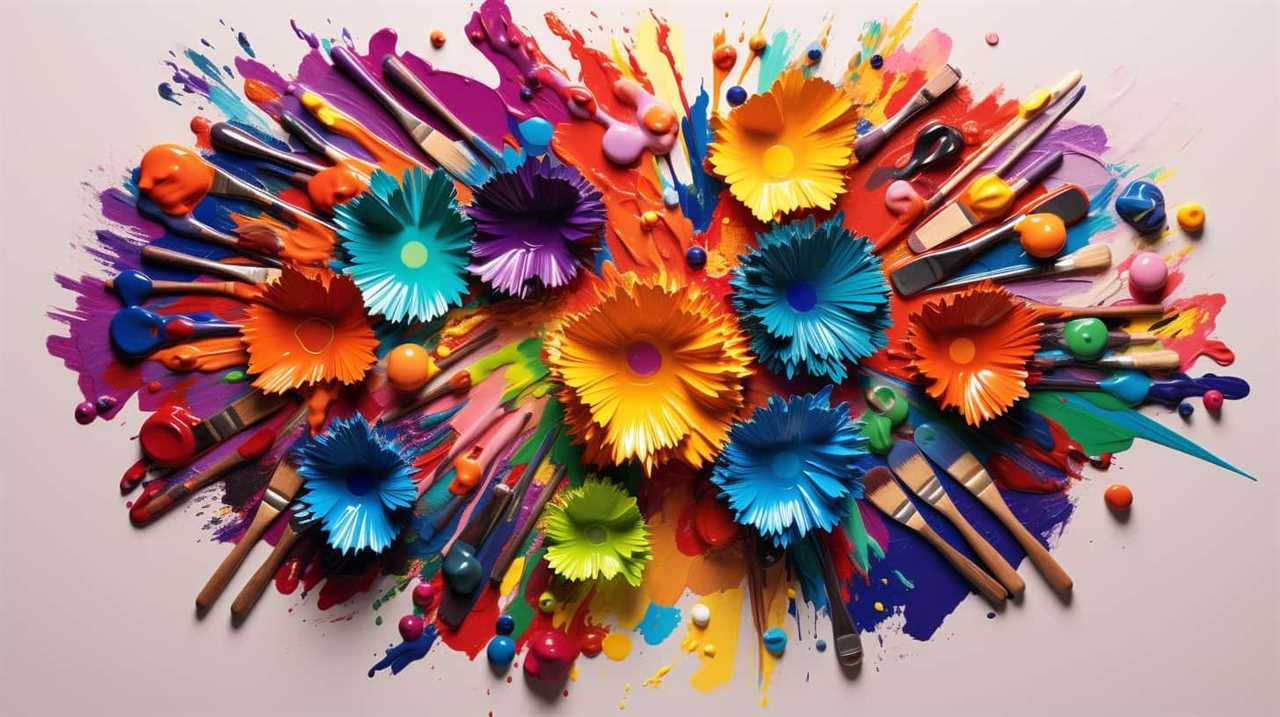
The Influence of Globalization on Art
Through the lens of globalization, we observe the transformation of art as it becomes increasingly interconnected and influenced by diverse cultural perspectives. Globalization’s impact on art has opened up new avenues for cross-cultural influences, resulting in a rich tapestry of artistic expressions.
Here are three ways in which globalization has shaped the art world:
- Cultural Fusion: With the world becoming more interconnected, artists are drawing inspiration from different cultures, blending traditional techniques with contemporary styles. This fusion of cultural influences not only creates visually captivating art but also fosters a deeper understanding and appreciation of diverse traditions.
- Technological Advancements: Globalization has facilitated the exchange of ideas and techniques through digital platforms and social media. Artists can now collaborate across borders, sharing their work and engaging in dialogue with artists from different backgrounds. This technological interconnectedness has expanded the possibilities for artistic experimentation and innovation.
- Global Themes and Perspectives: As artists engage with different cultures, they’re increasingly exploring global themes such as identity, migration, and environmental issues. Through their work, they shed light on the interconnectedness of our world and challenge conventional notions of borders and boundaries.
In this age of globalization, art has become a powerful medium for cultural exchange and understanding. It transcends geographical limitations, allowing artists to create works that reflect the diversity and interconnectedness of our global society.
Rediscovering Traditional Crafts and Folk Art
As art educators, we’ve noticed a growing interest in the revival of folk art and traditional crafts. People seem to be seeking a connection to their roots, finding solace and meaning in the simplicity and authenticity of these time-honored practices.
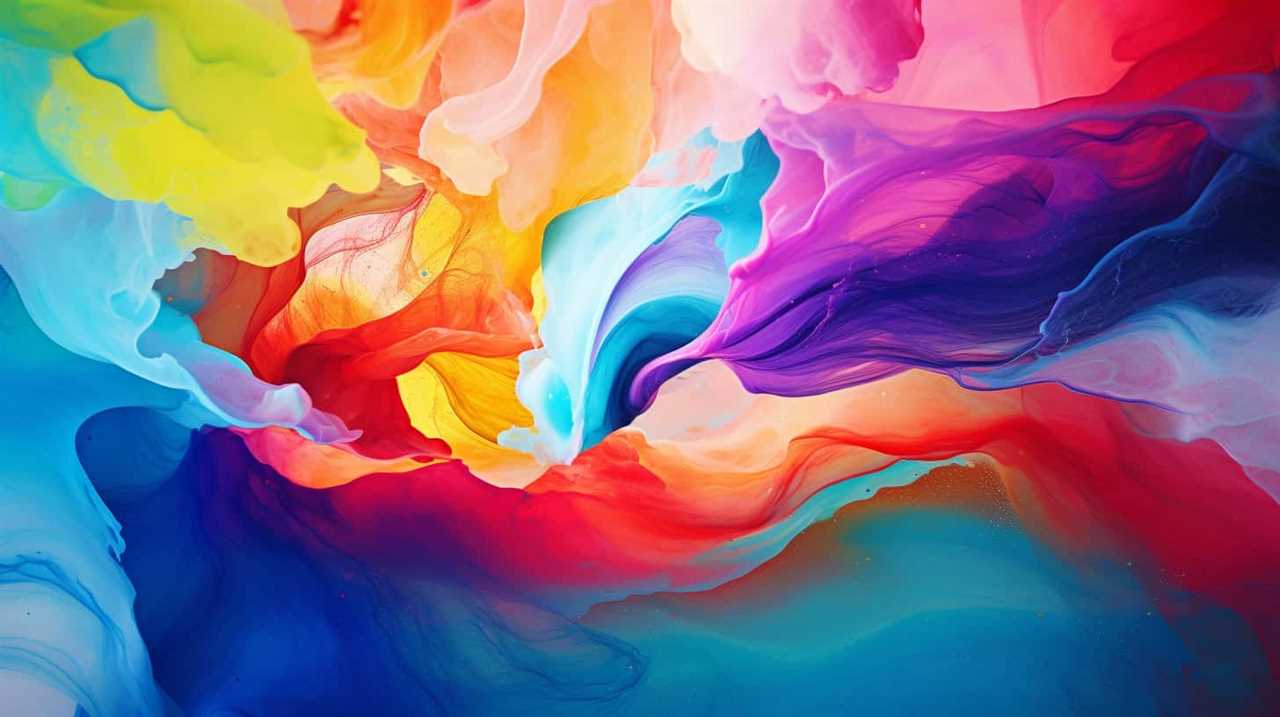
It’s not just about creating something beautiful, but also about finding a therapeutic outlet, a way to slow down and reconnect with our heritage in a fast-paced, modern world.
Folk Art Revival
We anticipate a resurgence of interest in traditional crafts and folk art as art educators predict a revival of the folk art movement. In today’s fast-paced, technology-driven world, there’s a growing desire to reconnect with our roots and embrace the beauty of handmade creations.
Here are three reasons why the folk art revival is gaining momentum:
- Folk Art Preservation: As we move towards a more sustainable and eco-friendly future, people are recognizing the value of preserving traditional crafts and folk art techniques. This revival allows us to celebrate the rich cultural heritage passed down through generations and ensure that these art forms aren’t lost to time.
- Contemporary Folk Art: The folk art revival isn’t limited to preserving traditional techniques; it also encompasses contemporary interpretations of folk art. Artists are incorporating modern elements and materials into their creations, breathing new life into these age-old art forms and making them relevant to today’s society.
- Cultural Identity and Expression: Folk art is deeply rooted in culture and serves as a powerful means of self-expression. By rediscovering traditional crafts and folk art, individuals can reconnect with their cultural identity and express themselves in unique and meaningful ways. This revival allows for a celebration of diversity and promotes inclusivity in the art world.
The folk art revival is a testament to the enduring appeal of traditional crafts and the desire for authentic, handcrafted creations. It provides an opportunity for artists and enthusiasts alike to explore and embrace the beauty of folk art in all its forms, ensuring its continued relevance in the modern world.
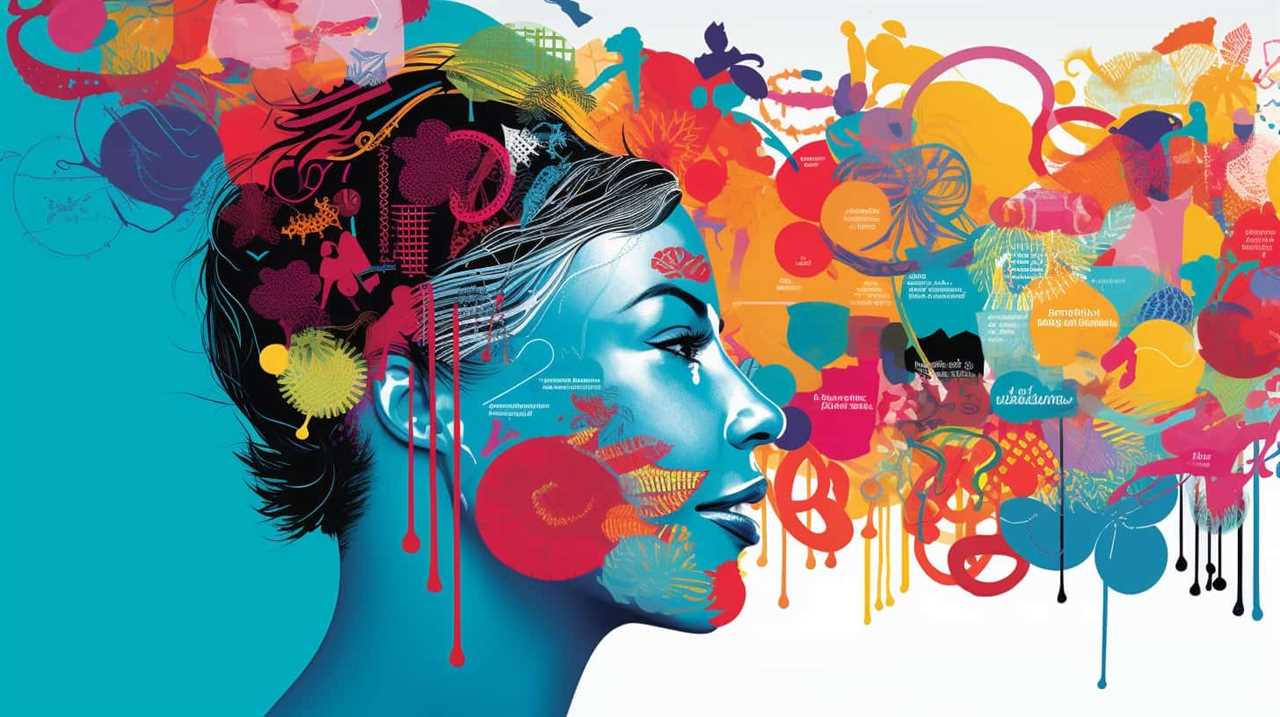
Craft as Therapy?
Let’s explore the therapeutic benefits of rediscovering traditional crafts and folk art.
In a world that often feels fast-paced and disconnected, engaging in these age-old practices can offer a sense of grounding and connection to our roots.
Craft as therapy allows us to slow down, focus on the present moment, and find solace in the process of creating something with our own hands.
The repetitive nature of many traditional crafts, such as knitting or embroidery, can be incredibly calming and meditative, helping to reduce stress and anxiety.
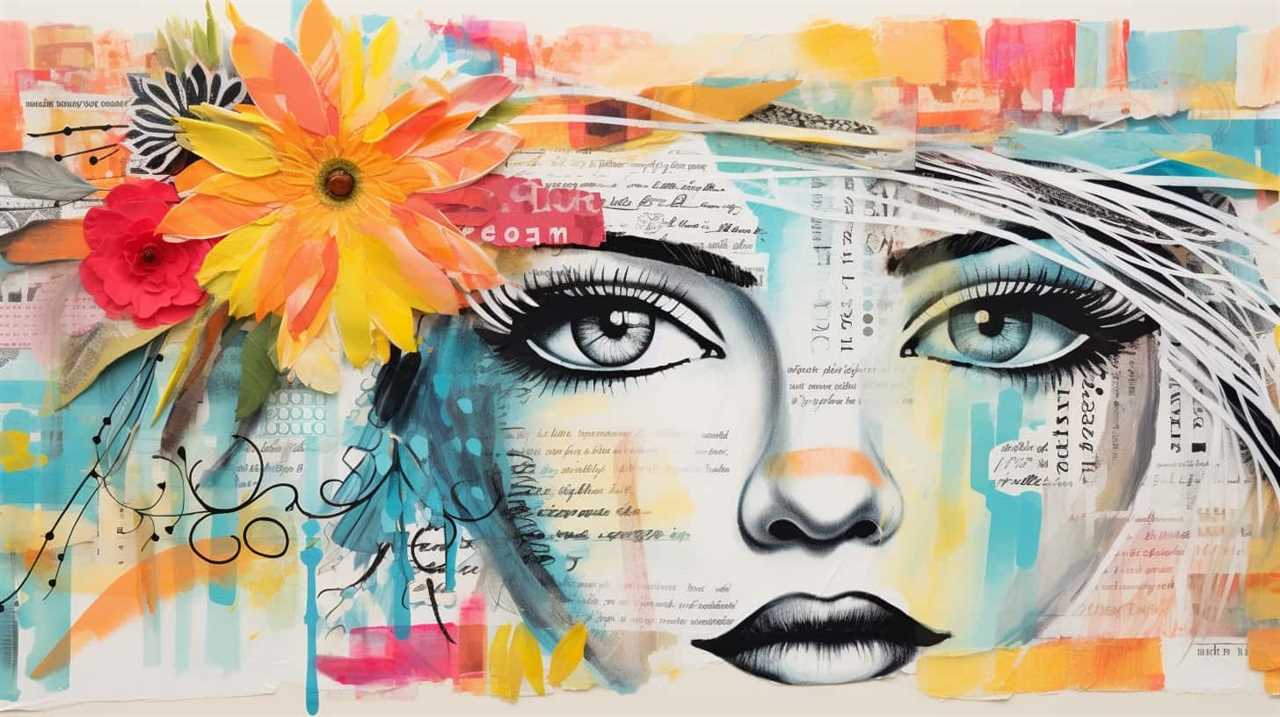
Moreover, engaging in creative expression through crafts allows us to tap into our emotions, thoughts, and experiences, providing an outlet for self-reflection and personal growth.
Nurturing Creativity Through Art Therapy
The use of art therapy in nurturing creativity has been proven to be effective in various educational settings. Art therapy benefits individuals by providing a safe and nonjudgmental space for creative expression.
Here are three creative healing techniques that art therapy utilizes:
- Visual Journaling: This technique combines the power of words and images to explore emotions, thoughts, and experiences. By using art materials and writing, individuals can delve deep into their inner world and gain a better understanding of themselves.
- Collaborative Art: Engaging in collaborative art projects encourages teamwork, communication, and problem-solving skills. It fosters a sense of community and allows individuals to connect with one another through the creative process. Collaborative art also promotes inclusivity and celebrates diversity.
- Expressive Art: This technique focuses on the process rather than the end result. It encourages individuals to explore different art materials and techniques freely, without worrying about judgment or perfection. Expressive art allows for self-discovery, personal growth, and the development of one’s unique creative voice.
Through art therapy, individuals can tap into their innate creativity, gain self-awareness, and find healing and empowerment. It’s a powerful tool that nurtures both artistic expression and emotional well-being.
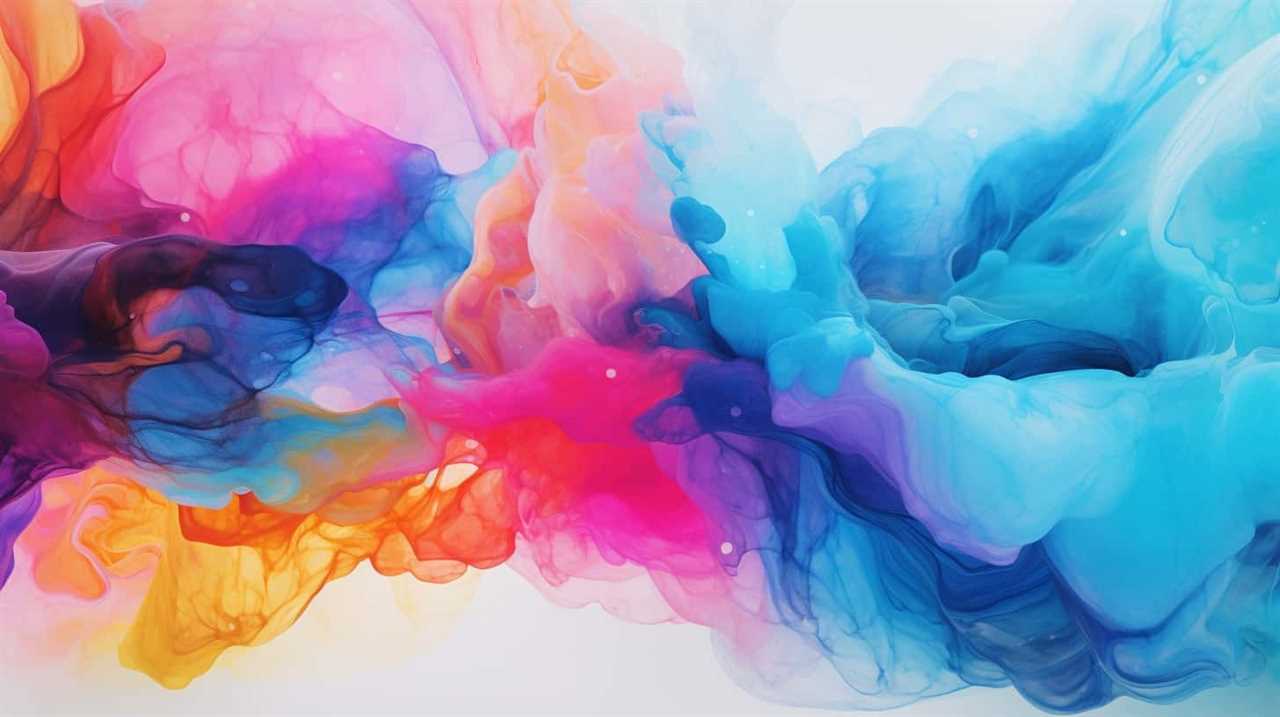
Frequently Asked Questions
How Can Art Educators Incorporate Social Justice Themes Into Their Curriculum?
We can incorporate social justice themes into our curriculum by integrating art in meaningful ways. By engaging with our community and addressing important issues, we can create a transformative learning experience that empowers our students and promotes social change.
What Are Some Examples of Traditional Crafts and Folk Art That Are Being Rediscovered in Art Education?
Traditional crafts and folk art are making a comeback in art education. We’re rediscovering the beauty and cultural significance of these art forms, incorporating them into our curriculum to empower students and celebrate diversity.
How Can Art Educators Foster Cultural Diversity in Their Classrooms?
To foster cultural diversity in our classrooms, we prioritize cultural sensitivity by creating an inclusive curriculum that celebrates various traditions and perspectives. By embracing diversity, we empower our students and create a liberating educational environment.
What Are Some Ways That Technology Is Being Embraced in Art Education?
We’re seeing a growing embrace of technology in art education. Integrating digital tools allows for innovative and interactive experiences, expanding our artistic horizons. It’s an exciting time to explore the intersection of art and technology in the classroom.

How Can Art Educators Engage With Art in Virtual Reality?
Engaging students in virtual reality can enhance creativity by immersing them in interactive art experiences. Using VR technology, art educators can transport students to new worlds, allowing them to explore and create in unlimited digital spaces.
What Creative Trends Are Art Educators Forecasting for the Future?
Art educators are constantly seeking out new and exciting ways to engage their students in the world of art. When it comes to future perspectives, art educators are forecasting a rise in digital and technology-based art, interdisciplinary collaborations, and a focus on environmental and social issues in artistic expression.
Conclusion
In conclusion, art educators are at the forefront of predicting and adapting to upcoming creative trends in the field.
One interesting statistic that highlights the influence of globalization on art is that the global art market grew by 6% in 2018, reaching a total of $67.4 billion in sales.
This growth signifies the increasing global reach and impact of art, emphasizing the need for art educators to explore and incorporate diverse perspectives and techniques in their teaching practices.
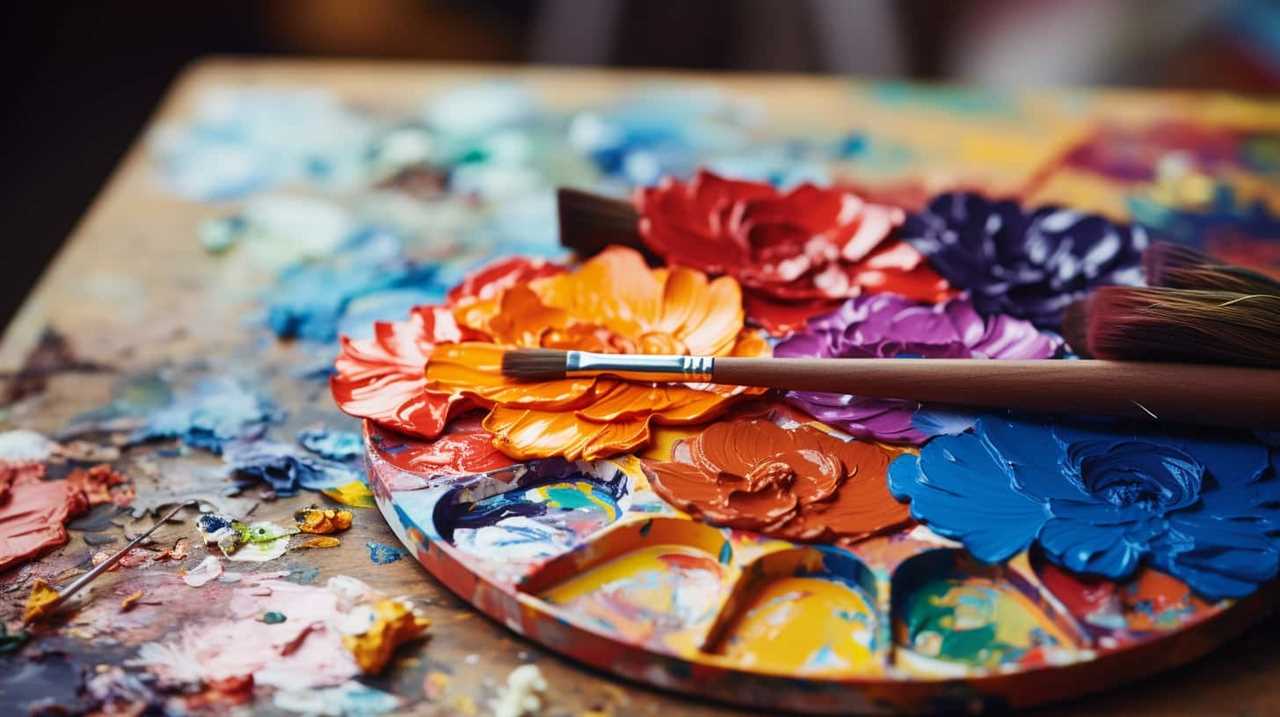
Lauren’s talent in writing is matched by her passion for storytelling. Her love for books and deep understanding of culture and entertainment add a distinct flavor to her work. As our media and press contact, Lauren skillfully bridges the gap between afterQuotes and the broader media landscape, bringing our message to a wider audience.
